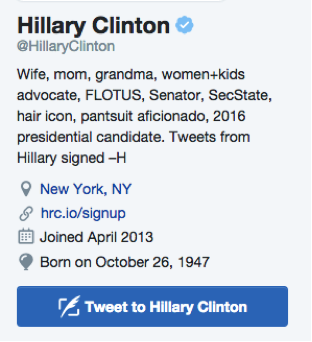It’s 2016, and the internet is hungover from the content overload of 2015. Thought leadership is still as relevant ever as a way to build your brand, but there’s too much of it floating around left unread.
As we mentioned earlier, the production of content is going up as engagement goes down. To ensure your thought leadership piece doesn’t get left behind, follow these six tips.
Look for your industry’s pain points. Before just writing what you know, do some research on and offline to find out what’s bothering people in your industry. As industries are becoming increasingly digital and offline activity goes mobile, there are lots of unanswered questions. Not sure what the future holds? Prediction pieces always make for great hits.
Take a stance. Having a strong opinion doesn’t mean pushing your ideas on other people, it means encouraging a dialogue and inspiring others. If there’s a topic dividing your industry, consider taking a side you believe in and go with it. As long as you know what you’re talking about it can be a positive to be a bit controversial, especially with the huge volume of copycat how-to blogs out there.
Give anecdotes. To make it seem like a really organic thought, give short windows of situations that taught you a lesson. You could also share a staff journey that can inspire others in their own careers.
Skip the cliches. Cliches can over simplify certain concepts and ideas. Using your own words and examples will help you establish your own voice that will be easier to remember.
Name drop. People want credibility in thought leaders. If you studied at a prestigious university, worked close with an inspirational leader, or worked at a Fortune 500, mention it.
Don’t have the time to produce your own thought leadership? Let our skilled content writers do it for you. Contact us at [email protected].





